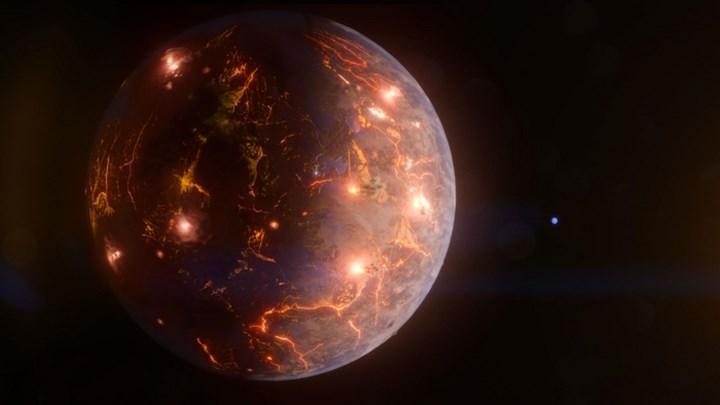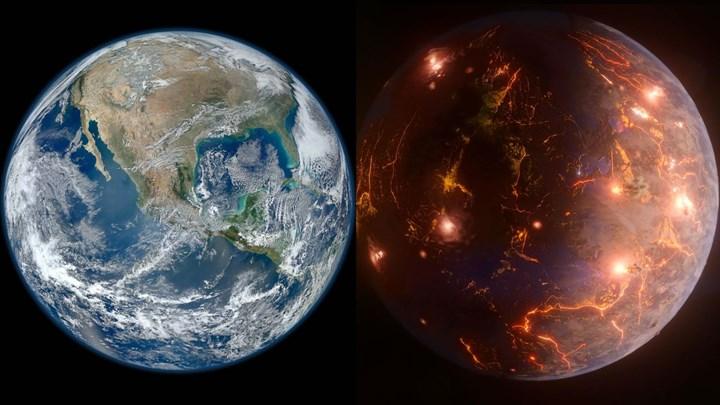 Astronomers have found a planet they believe is covered with active volcanoes. In a study published in the journal Nature, a multinational team of scientists said they have discovered an Earth-sized exoplanet that they believe may have water on some of its surface. The planet, designated LP 791-18 d, is located in the constellation Crater and about 90 light-years from Earth.
Astronomers have found a planet they believe is covered with active volcanoes. In a study published in the journal Nature, a multinational team of scientists said they have discovered an Earth-sized exoplanet that they believe may have water on some of its surface. The planet, designated LP 791-18 d, is located in the constellation Crater and about 90 light-years from Earth.One side is always night, the other side is day
LP 791-18 d orbits a tidally locked red dwarf star, meaning the planet doesn’t have a day and night cycle like Earth. Just like the Moon is locked to the Earth, one side is constantly night and one side is always day.
“The day side would probably be too hot for liquid water to exist on the surface,” said Björn Benneke, one of the astronomers who studied the planet.
There may be water on the night side
 The LP 791-18 system contains at least two more planets, designated LP 791-18 b and c. The latter is two and a half times larger than Earth and more than seven times its mass. It also influences LP 791-18 d’s orbit, causing the system to move along an elliptical path around its Sun. This means: The LP 791-18 d deforms every time it completes an orbit. “These deformations can create enough internal friction to significantly heat the interior of the planet and produce volcanic activity on its surface,” according to NASA.
The LP 791-18 system contains at least two more planets, designated LP 791-18 b and c. The latter is two and a half times larger than Earth and more than seven times its mass. It also influences LP 791-18 d’s orbit, causing the system to move along an elliptical path around its Sun. This means: The LP 791-18 d deforms every time it completes an orbit. “These deformations can create enough internal friction to significantly heat the interior of the planet and produce volcanic activity on its surface,” according to NASA.“A big question in the field of astrobiology, which studies broadly the origins of life on Earth and beyond, is whether tectonic or volcanic activity is necessary for life,” said Jessie Christiansen, one of the study’s authors. NASA, ESA, and CSA plan to turn the infrared imaging instruments of the James Webb Space Telescope into LP 791-18 c. The team that discovered LP 791-18 d think the exoplanet will be “an outstanding candidate for atmospheric studies by the mission.”